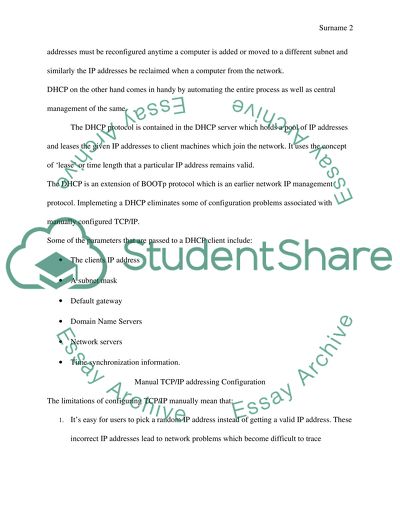Cite this document
(“Dynamic Host Configuration Protocol Term Paper Example | Topics and Well Written Essays - 2000 words”, n.d.)
Retrieved from https://studentshare.org/information-technology/1436002-networking-or-info-tech-any
Retrieved from https://studentshare.org/information-technology/1436002-networking-or-info-tech-any
(Dynamic Host Configuration Protocol Term Paper Example | Topics and Well Written Essays - 2000 Words)
https://studentshare.org/information-technology/1436002-networking-or-info-tech-any.
https://studentshare.org/information-technology/1436002-networking-or-info-tech-any.
“Dynamic Host Configuration Protocol Term Paper Example | Topics and Well Written Essays - 2000 Words”, n.d. https://studentshare.org/information-technology/1436002-networking-or-info-tech-any.


